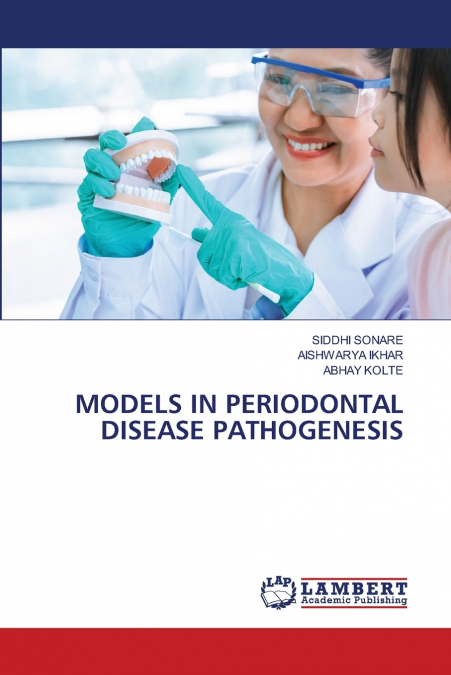
ABHAY KOLTE / Aishwarya Ikhar / SIDDHI SONARE
Periodontal disease pathogenesis is a complicated process that includes intricate interactions between microbial biofilms, host immunological responses, and environmental variables. To untangle these intricacies, numerous experimental models have been established, each of which provides unique insights into specific elements of the disease.Emerging technologies, like as organ-on-a-chip systems, microfluidic platforms, and omics methods, are increasing the models’ relevance and precision. By combining these new tools, researchers are better able to investigate the interactions between microbial and host variables, paving the door for individualized and successful treatment approaches.In conclusion, no single model can fully capture the complexities of periodontal disease development. A combination approach, utilizing the strengths of in vitro, ex vivo, and in vivo models, is required for a thorough knowledge of the disease. Continued refinement and innovation in experimental models will surely accelerate periodontal research and treatment development.